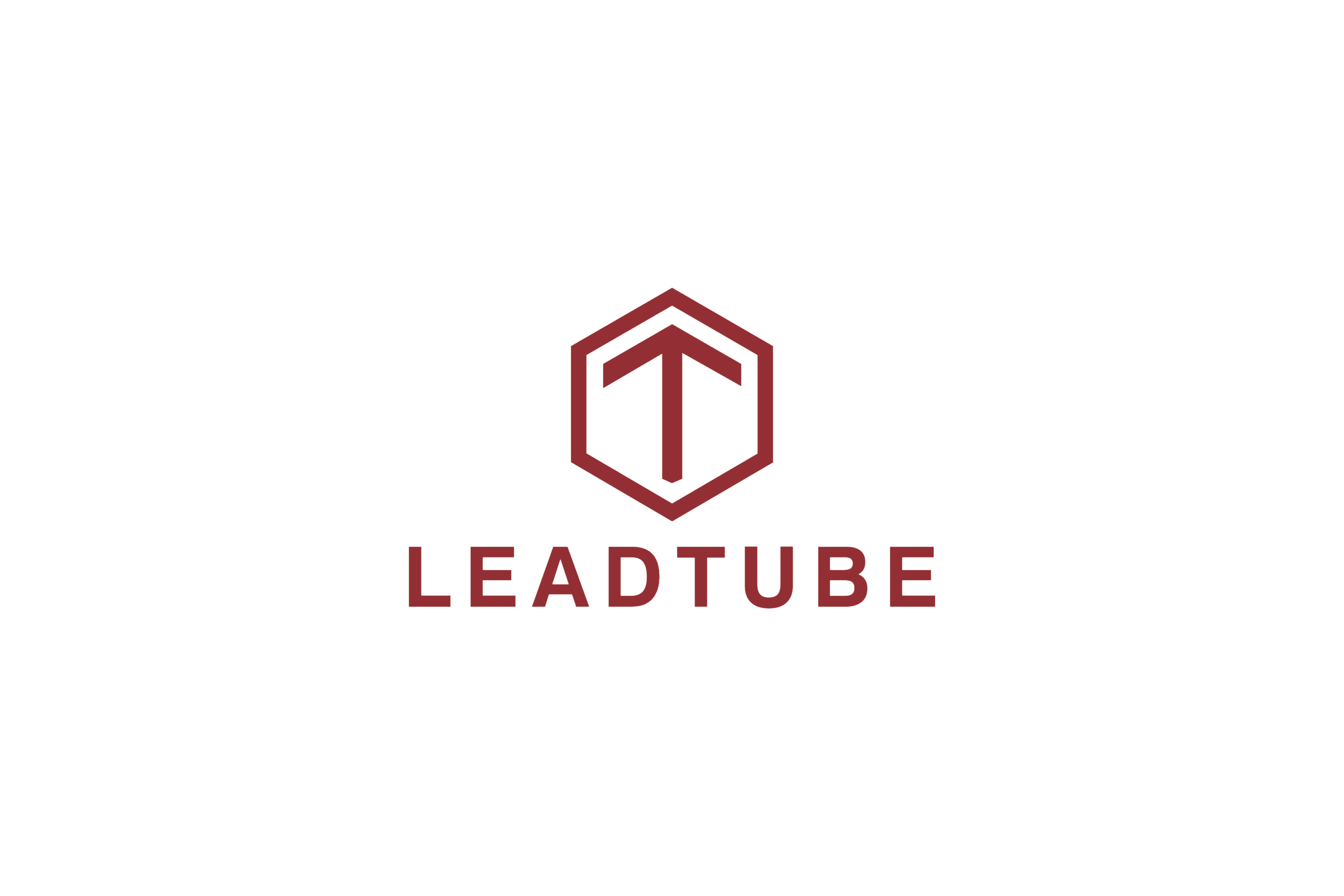Visual Search Optimization: Beyond Traditional SEO
- Aman Ahmadi

- Feb 7
- 2 min read
In a digital ecosystem increasingly driven by visual content, the search paradigm is evolving from typed queries to visual explorations. As consumers pivot towards searching with images rather than words, Visual Search Optimization emerges as the new frontier, pushing the boundaries of traditional SEO to accommodate this visual renaissance.

Gone are the days when consumers relied solely on text-based search queries to find what they sought. Today's users, equipped with smartphones boasting powerful cameras, are more inclined to snap a picture of an item they're curious about and use that image as their search query. This could be anything from a stylish piece of furniture they spotted at a friend's house to shoes worn by a passerby. They seek instant recognition, information, and a quick way to purchase.
The underpinning technology behind this visual search revolution is a blend of machine learning, artificial intelligence, and sophisticated image recognition algorithms. Platforms like Pinterest, Google, and Amazon are already leading the charge, allowing users to upload images and find similar items or gather more information about the depicted object.
But what does this mean for brands and marketers? Simply put, it’s a call to rethink how they approach SEO. Instead of just optimizing textual content for search engines, there's now an imperative to ensure that visual content is equally discoverable, relevant, and actionable. High-quality images, explicit metadata, structured data, and image descriptions become paramount. Each image should look good and be imbued with pertinent information that search algorithms can access.
However, visual search optimization is not just about the technicalities; it’s also about understanding user intent. Just as with traditional SEO, where understanding keyword intent is crucial, with visual search, it's vital to grasp what users might seek when uploading a particular image. Is it product information, similar products, DIY ideas, or user reviews? Catering to this intent can determine the success of a visual search strategy.
The implications for businesses are profound. E-commerce platforms can leverage visual search to reduce friction in the shopping process, allowing users to find and purchase products effortlessly. Brands can use it to showcase their consequences in various contexts, making them more appealing to potential buyers. And content creators have a whole new avenue to explore, creating visually rich content optimized for search.
As the lines between the real and digital worlds continue to blur, visual search optimization is a testament to the power of visuals in our digital interactions. It's an evolution, an acknowledgment that in a world saturated with content, sometimes a picture is worth a thousand words or, perhaps, a thousand searches.




Comments